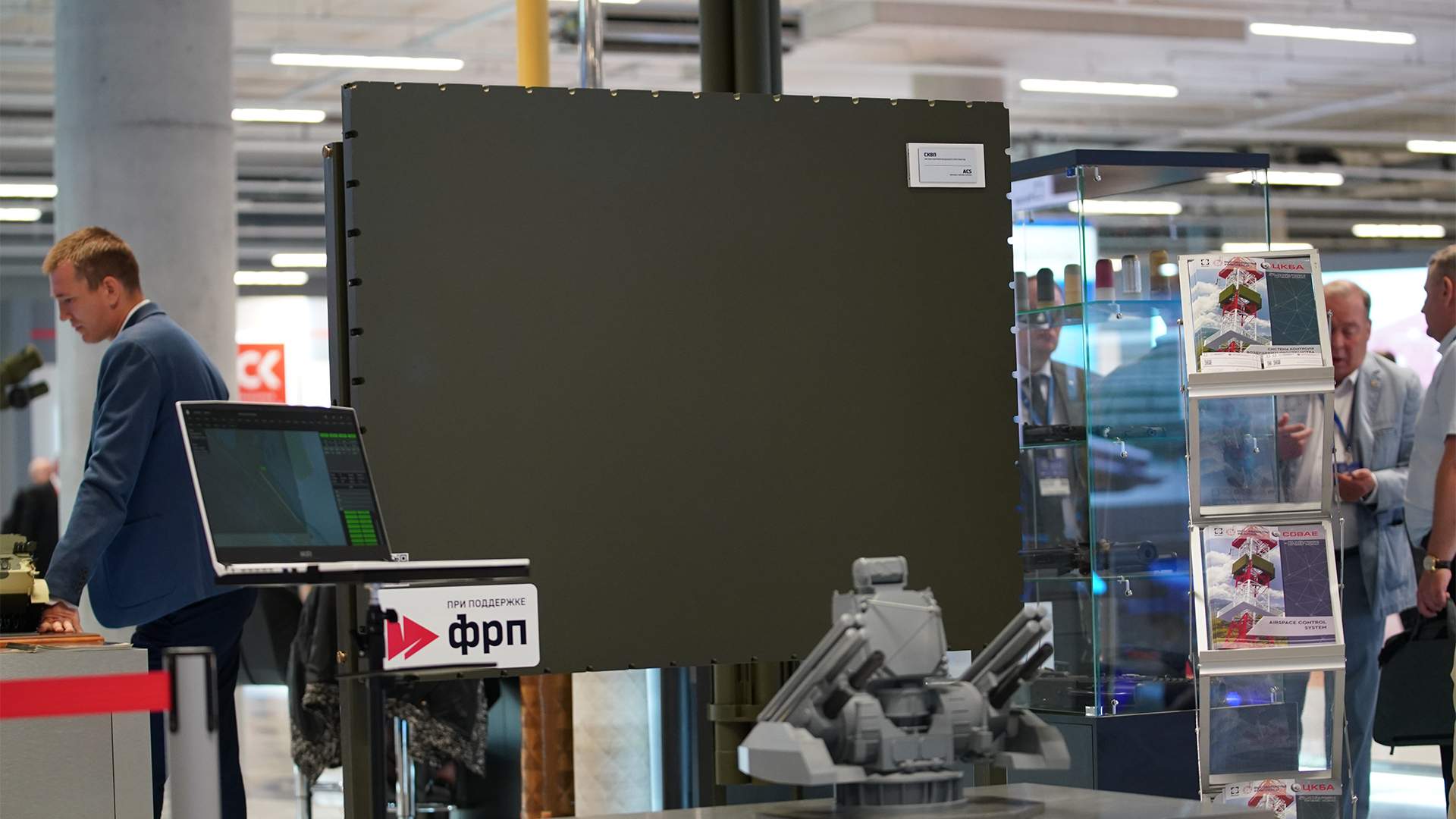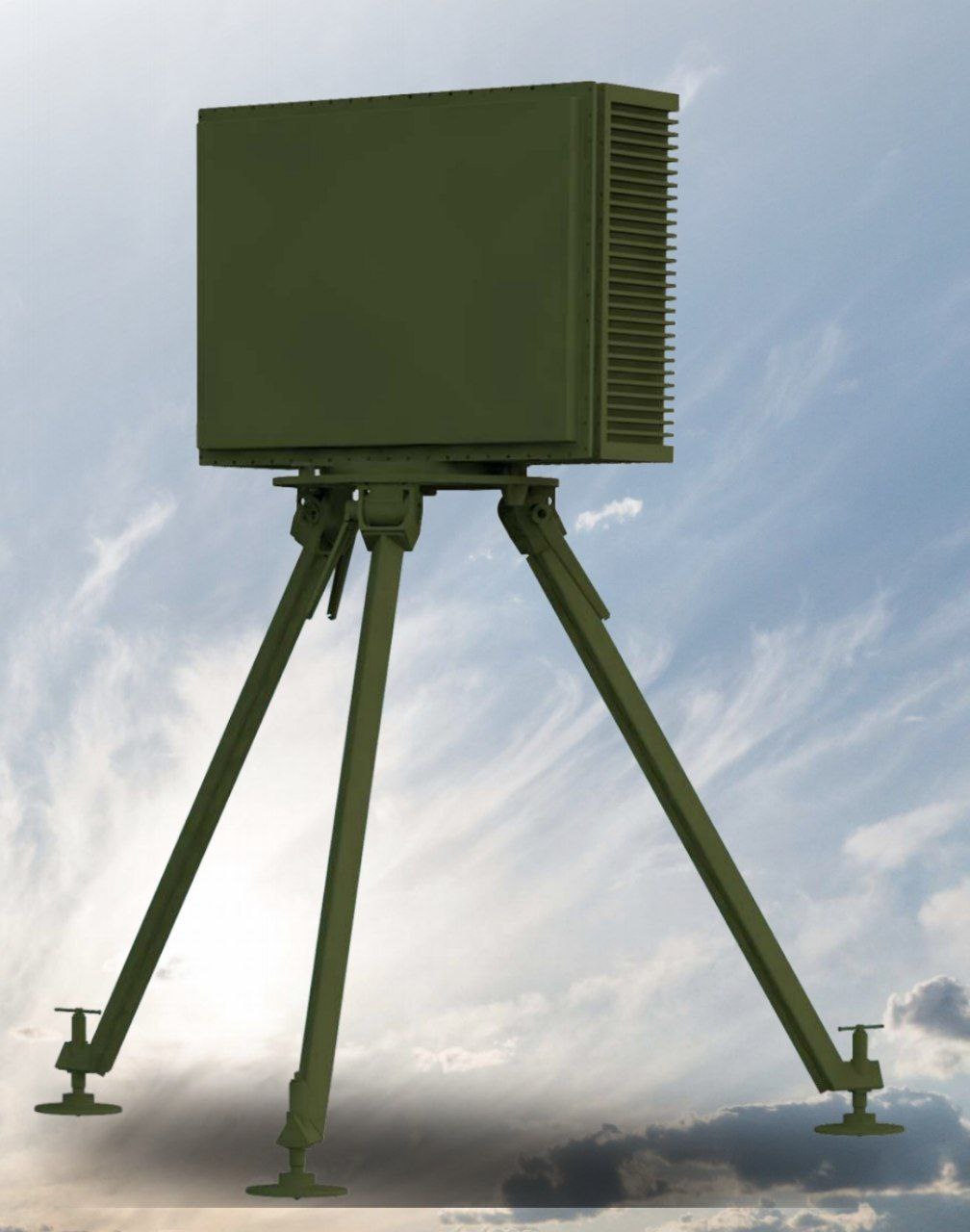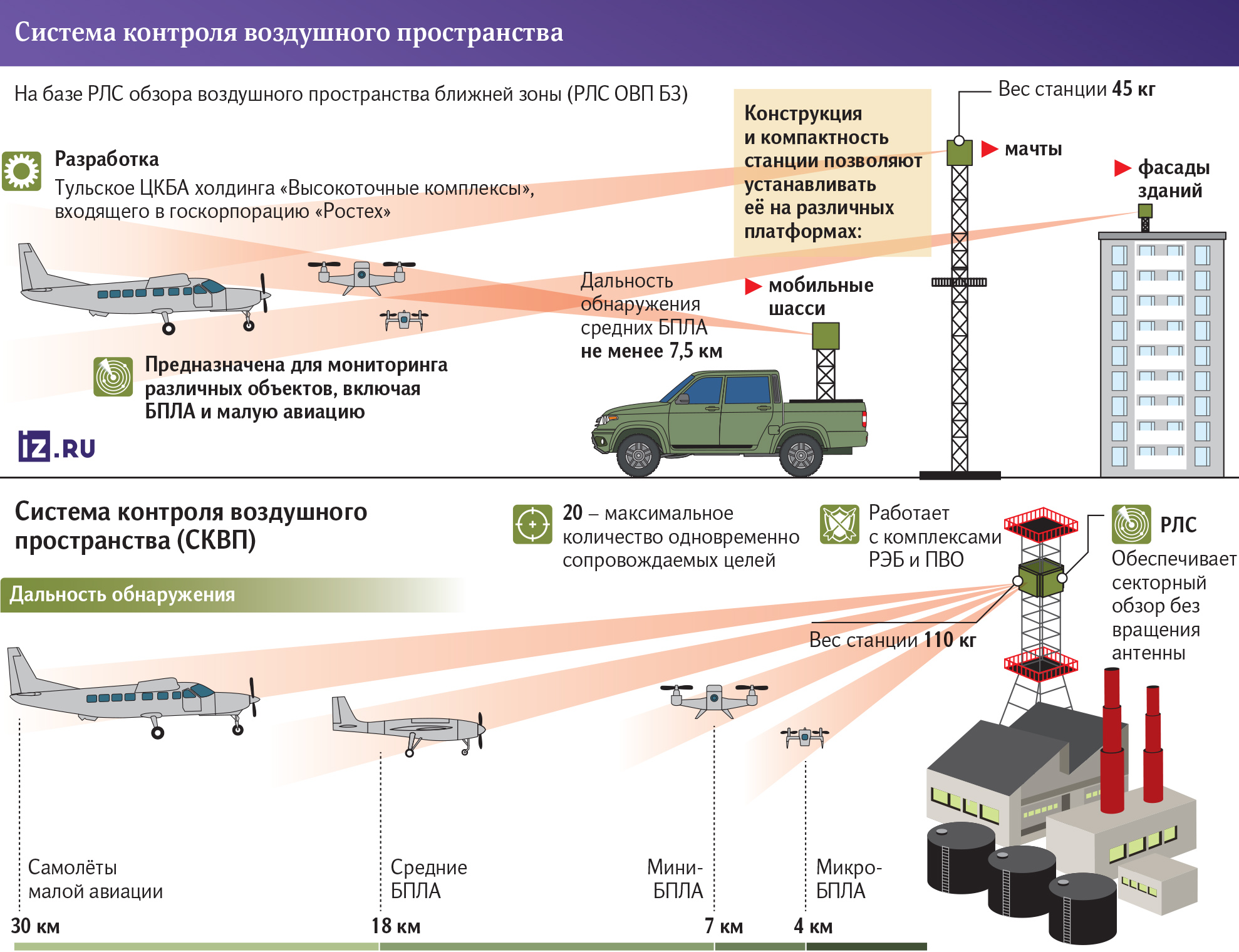Looking after small ones: a radar has been developed to detect drones

Rostec will present a compact radar for air space control for the first time at Milex-2025. It is capable of detecting medium-sized UAVs at a range of at least 7.5 km. The weight and dimensions of the new station allow it to be mounted on building facades and transported even in small vehicles. According to experts, the novelty will be able to effectively control the sky both at the rear facilities and in the combat zone.
Near-range airspace surveillance radar
A compact radar for detecting small drones will be presented for the first time at the Milex-2025 international arms exhibition in Minsk, Rostec told Izvestia. The product is designed to review the near-range air situation and respond to current threats from aerial drones.

— The compact radar is designed to monitor various aerial objects, including drones and small aircraft. In particular, the development station of the Tula Central Design Bureau of hardware engineering "High-precision complexes" is capable of detecting medium-sized drones at a range of at least 7.5 km. It has small dimensions and a light weight of 45 kg, which ensures its quick and easy deployment," the state corporation noted.
The radar's design and compact dimensions allow it to be installed on various platforms, from antenna-mast structures and building facades to mobile chassis. This makes it possible to adapt the station to different operating conditions. The radar can be easily transported on all types of transport, including cars, buggies and even ATVs.
How the airspace control system works
An air space monitoring system (Air Monitoring System) has been created on the basis of a near-range airspace surveillance radar. It is a network comprising up to 24 radar stations. The radars previously developed for the SQUP weighed 115 kg each and had four times the dimensions of the new station. Izvestia wrote that the first airspace control systems are already operating in Russia, including in the zone of a special military operation.
As a representative of the developer reported, the SQUP can detect even very small drones — for example, the Mavic 2 copter is guaranteed to be located at a range of up to 4 km. According to the developers, the Baba-Yaga type drone, as well as aircraft-type UAVs, such as the Ukrainian Furies or Mugin, which strike industrial facilities, are detected at a distance of 15-18 km. The system sees Cessna-type aircraft for 30 km, and the mainline Boeing for more than 90 km.
The system simultaneously tracks up to 20 aircraft, including small-sized UAVs, determining their type, altitude and distance to them.
In conjunction with an air defense or electronic warfare system, the SKVP can provide them with target designation in real time.
Such an airspace control system should be extremely universal, military expert Yuri Lyamin told Izvestia.
"Many small, mobile, and inexpensive stations can be combined into a single chain," he said. — It will allow you to cover large areas or facilities. Moreover, they can be placed on towers and roofs, which should work well in areas with dense buildings. The more such stations you place, the greater the coverage of the controlled airspace. Being placed on cars gives mobility. The radar can be moved from place to place to reinforce one or another direction from which the threat is coming.
Such radars cost much less than large radars, he noted.
"At the same time, their combination can provide a serious overview," the expert noted. — Low price is another important advantage. Such distributed networks can be built gradually: first, purchase 1-2 to cover a particularly important facility, and then, increasing their number, close a large area. This concept is quite interesting: it provides flexibility due to the fact that the radar can be quickly rearranged or moved to the desired directions. Moreover, it is focused on detecting medium-sized enemy UAVs, and there have been more and more of them lately.
The network will be necessary not only to cover facilities in the rear areas, but also on the line of contact, he noted.
"They need mobile radars," he said. — The new radars are light and small — they are easier to hide.
The appearance of such radars in the Russian Armed Forces may serve as an important step towards dominating the so-called lower sky, says Dmitry Kornev, a military expert and editor of the Military Russia website.
"The lower sky is small heights, small apparatuses and small distances," he explained. — Now, according to many military personnel, there is a rather serious confrontation with the Ukrainian Armed Forces at these heights, for example, in the zone of a special military operation. The mass appearance of such radars in the ground forces will strengthen air defense, providing conditions for accurate destruction of enemy drones.
Defense against drones
Much attention has recently been paid to protecting important facilities from drones. Earlier, Izvestia wrote that the deployment point of the Kamchatka brigade of ships protecting the water area received an anti-ship protection control post, as well as air surveillance points with a watch service. Twin ZU-23-2 anti-aircraft guns were installed in places with firing-friendly sectors around the perimeter of the base.
The Navy has already conducted several exercises to repel attacks by enemy air and sea drones. They were held as part of the combat training program on anti-ship protection, which provides for the development of tasks for the destruction of unmanned boats (BEC) and UAVs.

Izvestia also reported that a section on combating UAVs had appeared in the combat training program for railway troops. When conducting classes within the framework of this course, the experience gained during a special military operation is taken into account, and the personnel are directly involved in combat operations. During the training, the destruction of drones using smoothbore weapons, standard submachine guns, machine guns, including large-caliber, as well as anti-aircraft installations, including twin ZU-23-2. In addition, electronic warfare (EW) equipment will be used, the interlocutors of the publication noted.
Переведено сервисом «Яндекс Переводчик»



